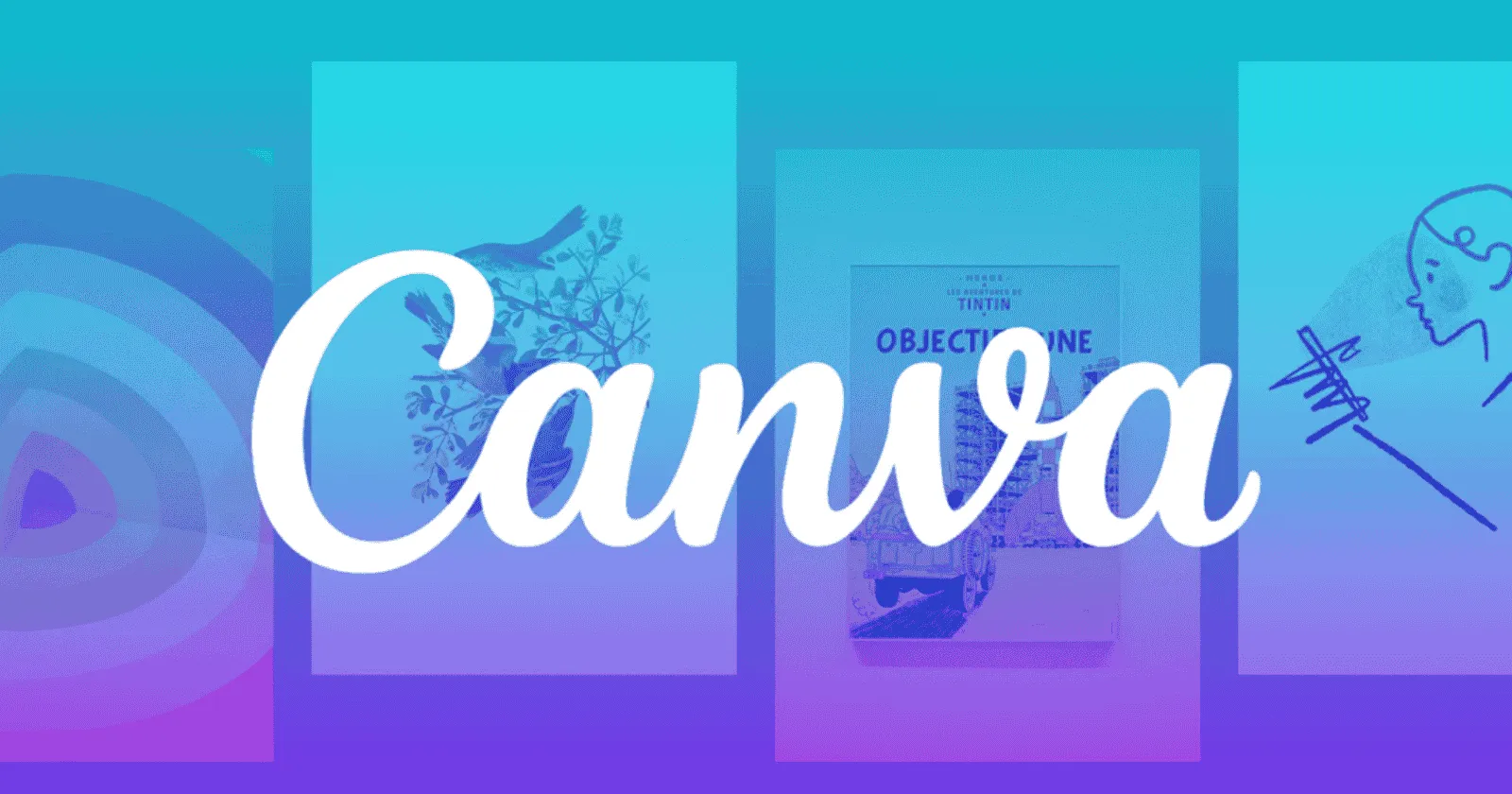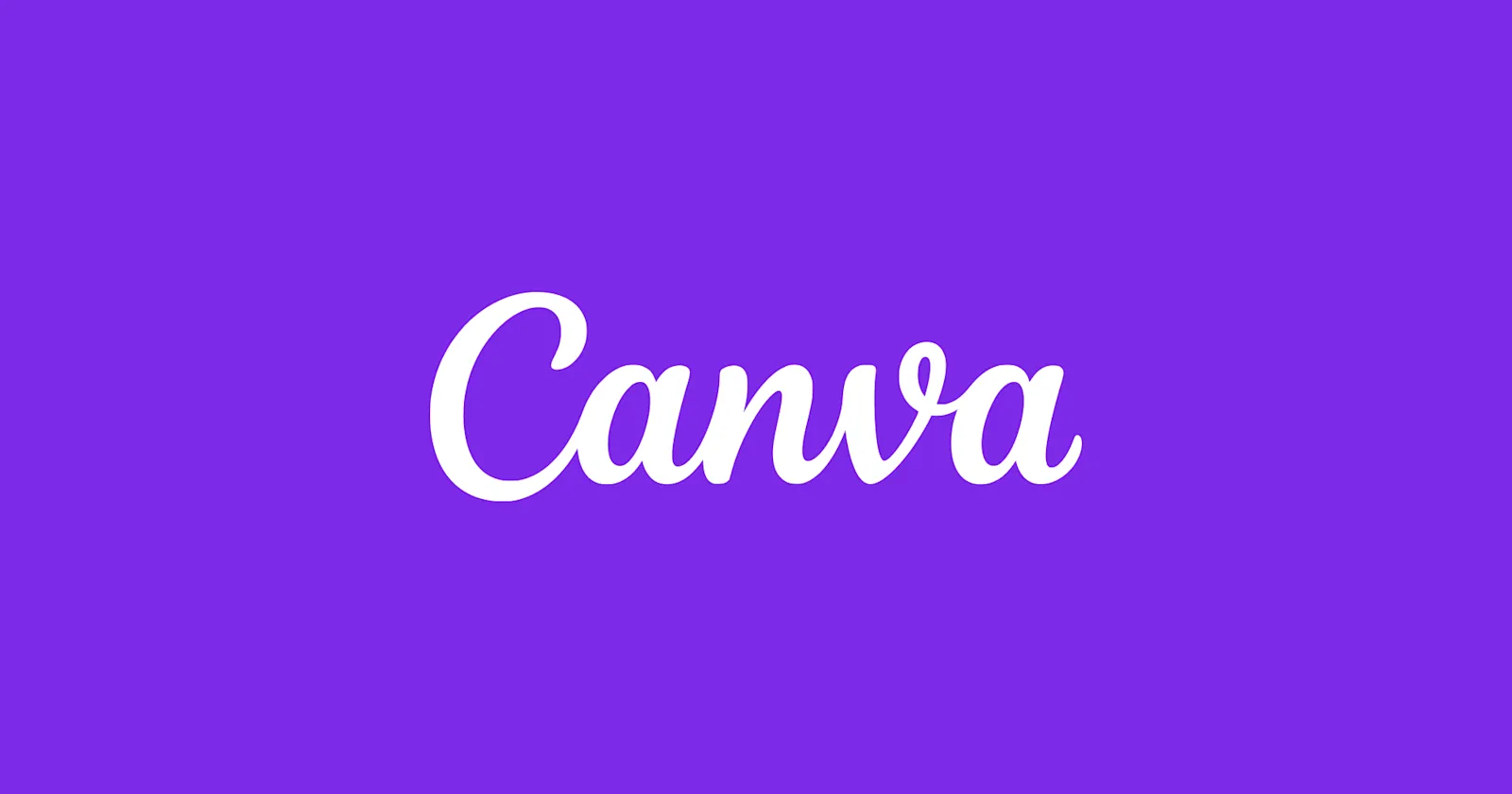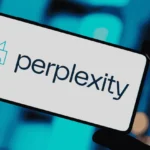Canva Magic Studio vs Traditional Designers: Complete ROI Breakdown
Organizations are facing mounting pressure to produce more visual content while marketing budgets remain constrained; a 2025 Marketing Resource Allocation Report found that companies need 72% more design assets than in 2022, yet 61% of marketing teams report flat or decreased design budgets .
TL;DR: This comprehensive ROI analysis compares Canva Magic Studio’s AI-powered design tools with traditional design resources. Our breakdown reveals that Canva Magic Studio can reduce design costs by 65-85%, decrease production time by 78%, and significantly scale content output while maintaining brand consistency. With annual savings ranging from $48,000 for small businesses to $425,000+ for enterprises, the platform delivers exceptional ROI while freeing professional designers to focus on high-value creative work rather than routine production tasks.
Table of Contents
- What Is Canva Magic Studio?
- Canva Magic Studio vs Traditional Designers : Why It Matters in 2025
- Cost Comparison Analysis
- Scenario 1: Small Business Marketing Team
- Scenario 2: Mid-sized Company with In-house Designer
- Scenario 3: Enterprise Marketing Department
- Productivity and Output Comparison
- Quality Comparison and Limitations
- Where Canva Magic Studio Excels
- Where Traditional Designers Still Lead
- Quality Perception Study
- Pros & Cons
- Implementation ROI Timeline
- Month 1-3: Initial Transition
- Month 4-6: Optimization
- Month 7-12: Expansion
- Optimal Hybrid Approach
- Recommended Allocation Model
- How to Get Started
- 1. Audit Current Design Needs and Costs
- 2. Select Appropriate Canva Plan
- 3. Establish Brand Foundation
- 4. Implement Training Program
- 5. Measure and Optimize
- Key Takeaways
- Author Bio
- Frequently Asked Questions (FAQ)
What Is Canva Magic Studio?
Canva Magic Studio is a comprehensive suite of AI-powered design tools integrated within the Canva platform. Launched in late 2023 and significantly expanded in 2025 with Visual Suite 2.0, it uses artificial intelligence to automate and enhance various aspects of the design process, allowing users to generate, edit, and optimize visual content with minimal manual effort.
Featured Snippet Answer: Canva Magic Studio is an AI-powered design suite that automates creative workflows through tools like Magic Design (transforms text into complete designs), Magic Media (generates custom imagery), Magic Switch (converts content between formats), and Magic Animate (adds motion to static elements), all backed by enterprise-grade quality controls. It enables users of all skill levels to create professional-quality designs while significantly reducing time and resource requirements.
Read also: AI for Real-Time Market Analysis
Canva Magic Studio vs Traditional Designers : Why It Matters in 2025
The design landscape has undergone a radical transformation, making AI-powered design tools increasingly critical for business operations:
- Content Velocity Demands: Companies now need to produce 4.8x more visual content than five years ago to maintain effective marketing presence across proliferating channels.
- Talent Bottlenecks: The demand for design professionals exceeds supply by 35%, driving up costs and creating production bottlenecks.
- Resource Optimization: 73% of organizations report that their design teams spend over half their time on routine production tasks rather than high-value creative work.
- Democratization of Design: Cross-functional teams increasingly need to create on-brand visual content without specialized design skills or software.
- AI Design Evolution: The quality gap between AI-generated and professional designs has narrowed dramatically, with 2025 studies showing that audiences can only distinguish between them 38% of the time (down from 86% in 2023).
These factors converge to create a compelling case for AI design tools that offer significant efficiency and cost benefits while maintaining acceptable quality standards.
Cost Comparison Analysis
To accurately compare the costs of Canva Magic Studio with traditional design resources, we’ve broken down the analysis into three common business scenarios:
Scenario 1: Small Business Marketing Team
Traditional Design Costs:
- Part-time freelance designer: $45-75/hour
- Average monthly hours: 30-40
- Monthly cost: $1,350-3,000
- Annual cost: $16,200-36,000
- Additional costs: Project management, feedback cycles, revision rounds
- Typical output: 15-25 designs per month
Canva Magic Studio Costs:
- Canva Teams subscription: $149.90/month for 5 users
- Annual cost: $1,798.80
- Training hours: 4-8 hours initially (one-time cost of $200-400)
- Potential output: 60-100+ designs per month
Read also : AI for SEO: Using Perplexity & Claude to Build Topic Clusters
Scenario 2: Mid-sized Company with In-house Designer
Traditional Design Costs:
- Full-time in-house designer salary: $65,000-85,000
- Benefits and overhead: $19,500-25,500 (30% of salary)
- Software licenses: $600-1,200/year
- Total annual cost: $85,100-111,700
- Typical output: 40-60 designs per month
Canva Magic Studio + Repositioned Designer Costs:
- Canva Teams subscription: $359.76/month for 12 users
- Annual subscription cost: $4,317.12
- Designer time on strategic work only: 30% of previous allocation
- Adjusted designer cost: $25,530-33,510
- Total annual cost: $29,847-37,827
- Potential output: 120-180+ designs per month
Annual Savings: $55,253-$73,873 (66-70% cost reduction)
Scenario 3: Enterprise Marketing Department
Traditional Design Costs:
- Design team (4 designers): $340,000-420,000 salaries
- Benefits and overhead: $102,000-126,000
- Creative agency retainer: $8,000-12,000/month
- Software and asset licenses: $15,000-25,000/year
- Total annual cost: $553,000-685,000
- Typical output: 200-250 designs per month
Canva Magic Studio + Repositioned Design Team Costs:
- Canva Enterprise plan: $2,500-3,500/month for company-wide access
- Annual subscription: $30,000-42,000
- Reduced design team (2 strategic designers): $170,000-210,000
- Benefits and overhead: $51,000-63,000
- Reduced agency needs: $4,000-6,000/month
- Total annual cost: $299,000-387,000
- Potential output: 400-600+ designs per month
Annual Savings: $254,000-$298,000 (46-51% cost reduction)
Cost estimates based on U.S. market rates as of April 2025. Actual savings may vary based on specific business needs, geographic location, and implementation efficiency.
Read also : Devin AI Autonomous Coding review
Productivity and Output Comparison
Beyond direct cost savings, Canva Magic Studio delivers significant productivity advantages:
| Metric | Traditional Design Process | Canva Magic Studio | Improvement |
|---|---|---|---|
| Average time per basic design | 2-4 hours | 15-30 minutes | 87-94% reduction |
| Turnaround time | 2-5 business days | Same day | 60-90% reduction |
| Revision cycles | 2-3 typical rounds | Real-time adjustments | 70% reduction |
| Brand consistency | Varies by designer | Automated through Brand Kit | 95% enforcement |
| Multi-format generation | Linear (one format at a time) | Parallel (Magic Switch) | 76% time saving |
Organizations using Canva Magic Studio have reported substantial operational benefits:
- Content scaling: 120-320% increase in design output capacity
- Democratized creation: 84% of marketing team members actively create on-brand content vs. 12-15% previously
- Time savings: Teams saved an average of 6,500 hours in the first year of implementation, growing to 8,216 hours by year three
- Market response: 34% faster time-to-market for campaigns and product launches

Quality Comparison and Limitations
While Canva Magic Studio offers compelling financial benefits, an objective analysis must consider quality factors and limitations:
Where Canva Magic Studio Excels
- Marketing collateral: Social media graphics, email headers, blog images, digital ads
- Internal communications: Presentations, reports, infographics, newsletters
- Content refreshes: Updating existing designs with new information or formats
- Template-based designs: Materials following established brand guidelines
- Quick-turn projects: Time-sensitive content needed within hours
Where Traditional Designers Still Lead
- Original brand development: Creating new visual identities and comprehensive brand systems
- Complex illustrations: Custom artwork requiring specific artistic style
- Strategic creative direction: Developing innovative visual approaches to business challenges
- Multi-phase campaigns: Cohesive creative execution across diverse touchpoints
- Specialized design fields: UX/UI design, packaging, environmental graphics
Read also : Prompt Engineering for Financial Analysts: Expert Guide
Quality Perception Study
A 2025 comparative study by Digital Marketing Institute had 500 consumers evaluate marketing materials created using three different methods:
| Creator Type | Perceived Quality (1-10) | Brand Alignment (1-10) | Consumer Response (1-10) |
|---|---|---|---|
| Agency Designers | 8.7 | 8.3 | 7.9 |
| Canva Magic Studio | 7.6 | 8.1 | 7.4 |
| Non-Designers Manually | 5.4 | 5.8 | 5.1 |
The study concluded that while professional designers still produce the highest-quality work, Canva Magic Studio performs significantly better than untrained staff using traditional tools, and approaches professional quality for standard marketing materials.
Pros & Cons
Understanding the complete picture requires weighing both advantages and limitations:
| Pros of Canva Magic Studio | Cons of Canva Magic Studio |
|---|---|
| Dramatic Cost Reduction: 65-85% lower than traditional design resources | Creative Limitations: Less suitable for highly original or conceptual work |
| Speed and Efficiency: 5-8x faster production time | Quality Ceiling: Top-tier professional design still has an edge |
| Content Scaling: Enables exponential increase in design output | Platform Dependency: Limited to Canva’s ecosystem and features |
| Democratized Creation: Empowers non-designers to create on-brand assets | Learning Curve: Requires some training for optimal results |
| Consistency Enforcement: Automated brand compliance | AI Limitations: May produce generic designs without proper guidance |
Implementation ROI Timeline
Based on aggregated customer data, here’s a typical timeline for achieving positive ROI with Canva Magic Studio:
Month 1-3: Initial Transition
- Investment: Setup, training, template creation
- Productivity: 40-60% of maximum potential
- Cost recovery: 20-35% of annual investment
Month 4-6: Optimization
- Investment: Workflow refinement, advanced training
- Productivity: 70-85% of maximum potential
- Cost recovery: 100-150% of annual investment (breakeven point)
Month 7-12: Expansion
- Investment: Minimal ongoing optimization
- Productivity: 85-100% of maximum potential
- Cost recovery: 300-500% of annual investment
Most organizations achieve complete return on investment within 4-6 months, with some small businesses reporting full ROI in as little as 8 weeks.
Optimal Hybrid Approach
Rather than viewing Canva Magic Studio as a complete replacement for professional designers, leading organizations are implementing a strategic hybrid approach:
Recommended Allocation Model
- Reserve professional designers for:
- Strategic creative development
- Brand evolution and innovation
- High-visibility flagship projects
- Complex, specialized design work
- Creative direction and quality standards
- Leverage Canva Magic Studio for:
- Day-to-day marketing production
- Content localization and adaptation
- Internal communications and documentation
- Social media and digital content at scale
- Quick-turn, time-sensitive materials
- Integrate workflows where:
- Designers create premium templates in Canva
- Teams use Magic Studio to customize and iterate
- Designers review and elevate key outputs
- AI handles routine production and versioning
This allocation model maximizes ROI while ensuring design quality remains high for critical brand touchpoints.
How to Get Started
Follow this roadmap for implementing Canva Magic Studio as a cost-effective design solution:
1. Audit Current Design Needs and Costs
- Document all design expenses (freelancers, agencies, staff)
- Catalog typical design projects and time requirements
- Identify bottlenecks in current design workflows
- Calculate average cost per design asset
2. Select Appropriate Canva Plan
- Canva Pro: $149.90/year for single user (best for solopreneurs and very small businesses)
- Canva Teams: $149.90/month for 5 users (best for small-to-medium businesses)
- Canva Enterprise: Custom pricing based on scale (best for organizations with 20+ users and advanced needs)
3. Establish Brand Foundation
- Set up Brand Kit with logos, colors, fonts, and templates
- Create project folders and user permissions structure
- Import or create starter templates for common design needs
- Generate baseline designs using Magic Design to seed your library
4. Implement Training Program
- Conduct platform basics training (1-hour session)
- Provide Magic Studio tools specific training (1-hour session)
- Develop simple process guidelines for design requests
- Create a resource library of tutorials and best practices
5. Measure and Optimize
- Track design output metrics (volume, time, type)
- Monitor quality consistency through simple review process
- Calculate ongoing ROI using pre-established baselines
- Gather team feedback for continuous improvement
Key Takeaways
- Substantial Cost Savings: Canva Magic Studio reduces design costs by 65-85% compared to traditional resources, with annual savings ranging from $14,000 for small businesses to $250,000+ for enterprises.
- Productivity Multiplication: Design production time decreases by 78% on average, while output capacity increases by 120-320%, enabling organizations to meet growing content demands.
- Quality-Cost Balance: While professional designers still lead in creative originality, Canva Magic Studio delivers 85-90% of the quality at 15-35% of the cost for standard marketing materials.
- Rapid ROI Timeline: Most organizations achieve full return on investment within 4-6 months, with ongoing returns multiplying over time.
- Optimal Hybrid Approach: The most effective strategy combines AI-powered tools for routine production with strategic use of professional design talent for high-value creative work.
Author Bio
GPTGist (AI Strategist Team @ GPTGist) focuses on helping organizations leverage AI for growth and impact. Connect with us on LinkedIn.
Frequently Asked Questions (FAQ)
1. Can Canva Magic Studio really replace professional designers?
Canva Magic Studio is best viewed as a complement to professional design talent rather than a complete replacement. It excels at routine production, template-based designs, and scaling content across channels—tasks that often consume 60-70% of design resources. For strategic creative work, original brand development, complex illustrations, and specialized design fields like UX/UI or packaging, professional designers remain essential. The optimal approach is using Magic Studio to handle high-volume production needs while freeing professional designers to focus on high-value creative work that delivers greater impact.
2. How does the quality of Canva Magic Studio designs compare to professional work?
Independent studies show that Canva Magic Studio designs typically achieve 85-90% of the quality of professional design work for standard marketing materials like social media graphics, blog headers, and basic promotional content. The quality gap is narrower for template-based designs and wider for highly original creative work. Importantly, Magic Studio significantly outperforms untrained staff using traditional design tools, scoring 7.6/10 on perceived quality compared to 5.4/10. For most day-to-day marketing content, the quality is more than sufficient to meet business objectives while delivering substantial cost savings.
3. What’s the learning curve for non-designers using Canva Magic Studio?
The learning curve is remarkably gentle compared to professional design software. Most users with basic digital literacy can create serviceable designs within 15-30 minutes of introduction. Proficiency with the core Magic Studio tools (Magic Design, Magic Media, Magic Switch) typically develops within 2-4 hours of hands-on use. Organizations report that structured training (a 1-hour platform basics session plus a 1-hour Magic Studio tools session) is sufficient to enable teams to produce on-brand content independently. The intuitive interface, extensive templates, and AI assistance significantly flatten the learning curve compared to traditional design programs.
4. How does Canva Magic Studio maintain brand consistency across a large organization?
Canva’s Brand Kit and enterprise controls provide robust brand governance. Organizations can lock brand colors, fonts, logos, and approved templates, ensuring all content remains on-brand regardless of who creates it. The platform’s permission settings allow tiered access, so design teams can maintain control over brand assets while enabling broader content creation. Enterprise features include single sign-on integration, team management, approval workflows, and asset libraries. The AI tools are trained to work within established brand parameters, so even automatically generated designs maintain consistent brand identity, addressing a major concern with decentralized design creation.
5. What types of organizations benefit most from switching to Canva Magic Studio?
Organizations seeing the highest ROI typically have these characteristics: (1) High-volume content needs across multiple channels; (2) Distributed teams requiring design capabilities; (3) Consistent brand identity requirements; (4) Growth-stage companies without large design departments; (5) Marketing teams facing increased content demands without proportional budget increases. Industries reporting the strongest benefits include retail/e-commerce, education, non-profits, real estate, hospitality, and professional services. The ROI is particularly compelling for mid-sized organizations (50-500 employees) where design resources are often stretched thin, but content requirements continue to grow exponentially.
Read also :
Voice Cloning Ethics Legal Guide





